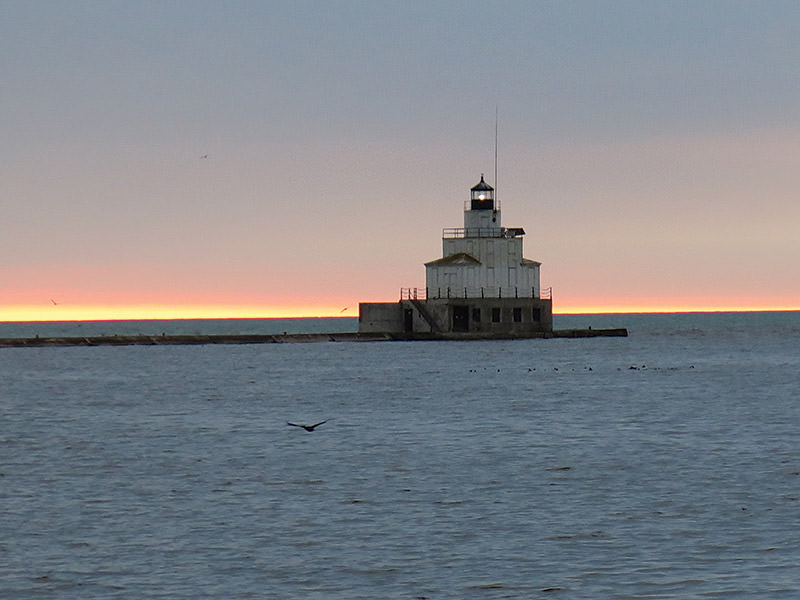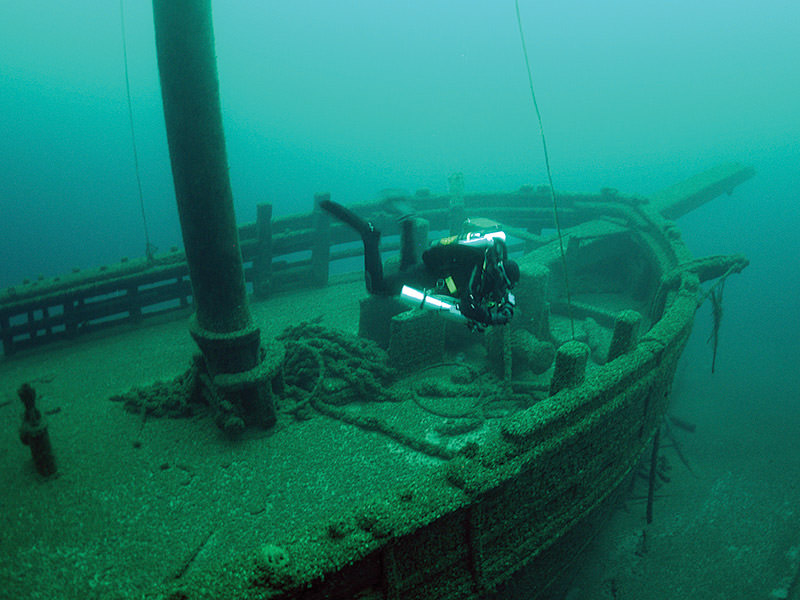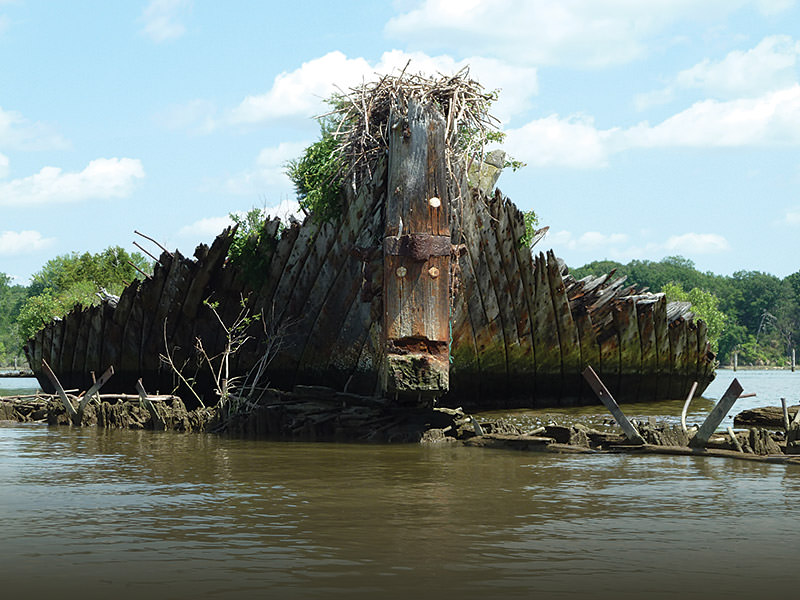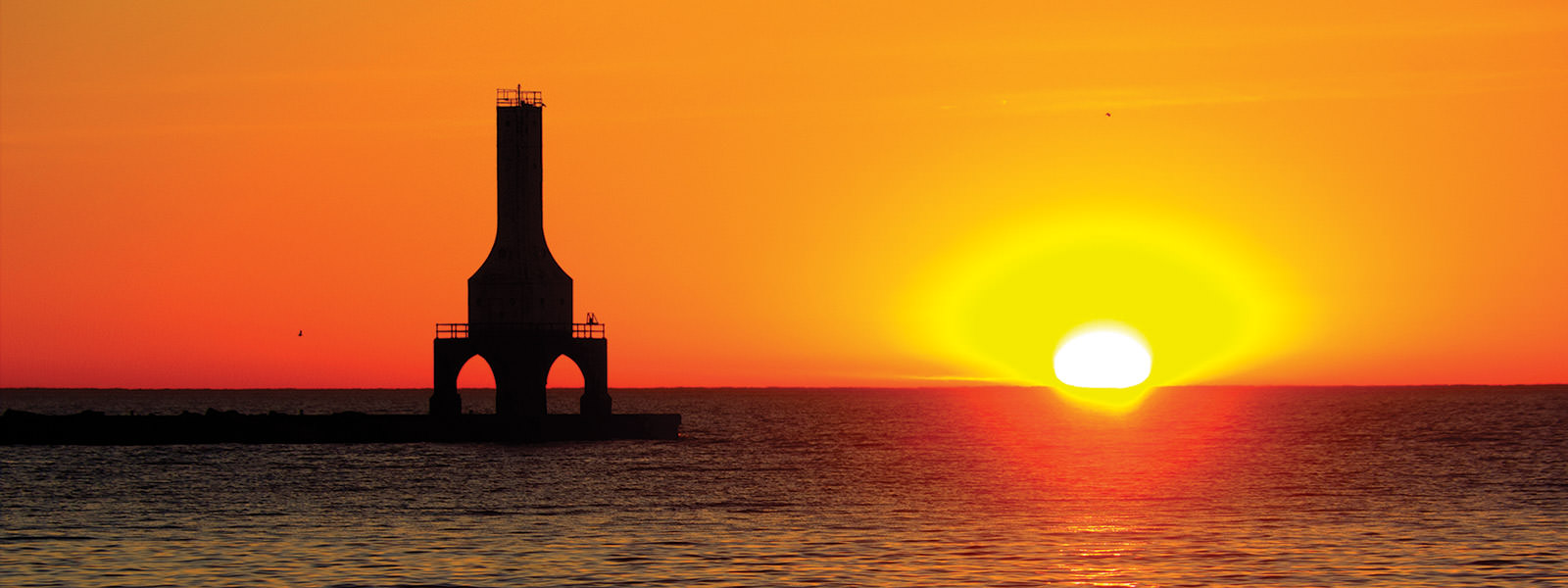National Marine Sanctuaries: A Significant Impact for Special Places
by Tom Mlada
As mayor of the City of Port Washington, I have been privileged to join my fellow community leaders over the past two years in crafting our Wisconsin-Lake Michigan National Marine Sanctuary nomination. Our four central lakeshore cities — Port Washington, Sheboygan, Manitowoc, and Two Rivers — formed a collaborative regional partnership with a common mission: to prepare a robust nomination focused on protecting and interpreting a nationally-significant collection of shipwrecks, fostering partnerships with education and research partners, and increasing opportunities for tourism and economic development.
We began with a core premise: we can advance economic growth while also preserving our cultural traditions, protecting our historic resources and ensuring public access to our most spectacular natural places.
The Great Lakes are integral to Wisconsin’s quality of life. From commerce, recreation and tourism to our shared culture and maritime history, Lake Michigan and Lake Superior are interwoven into our daily lives. As such, a Wisconsin-Lake Michigan sanctuary will have significant, lasting impact in our four communities and the entire state of Wisconsin. It will provide educational, recreational and research opportunities for the next generation and has the potential to be a significant economic and tourism boon. In enhancing the recognition of the Great Lakes’ significance to Wisconsin’s history and the sense of place our citizens value so deeply, a sanctuary will bring even more visitors to our lakeshore communities.
Most importantly, a sanctuary will enrich the discovery, protection and preservation of the enormous wealth of historical, cultural and archaeological treasures found in the special place that is Lake Michigan — and will enable us to connect people with these treasures.
The proposed sanctuary presents our communities with a unique opportunity to inspire collective advocacy for resource stewardship and to be part of a network highlighting the interconnectedness of all water, from lakes to the ocean. Ultimately, this sense of interconnectedness will help drive our understanding that sustainability and stewardship of our most vital natural resources must be part of the community ethos.
All communities, no matter the size, can make differences in ways large and small. As our National Marine Sanctuary System demonstrates, engagement and investment among community stakeholders is critical to ensure proper care and celebration of our greatest assets, whether in our Great Lakes or in the ocean.
Working together, we can truly showcase our blue Earth.
Future Sanctuaries
For the first time in twenty years, NOAA has invited communities across the nation to nominate their most treasured places for consideration as national marine sanctuaries. For more information about nominations, visit www.nominate.noaa.gov.
Two sites have successfully met the nomination criteria and have moved on to the designation process. One is a section of the Potomac River in Mallows Bay, Maryland, and the other is an 875-square-mile area of Lake Michigan that extends from Port Washington to Two Rivers, Wisconsin. Nominated with broad community support, these locations are home to historic shipwrecks and other maritime heritage resources.





